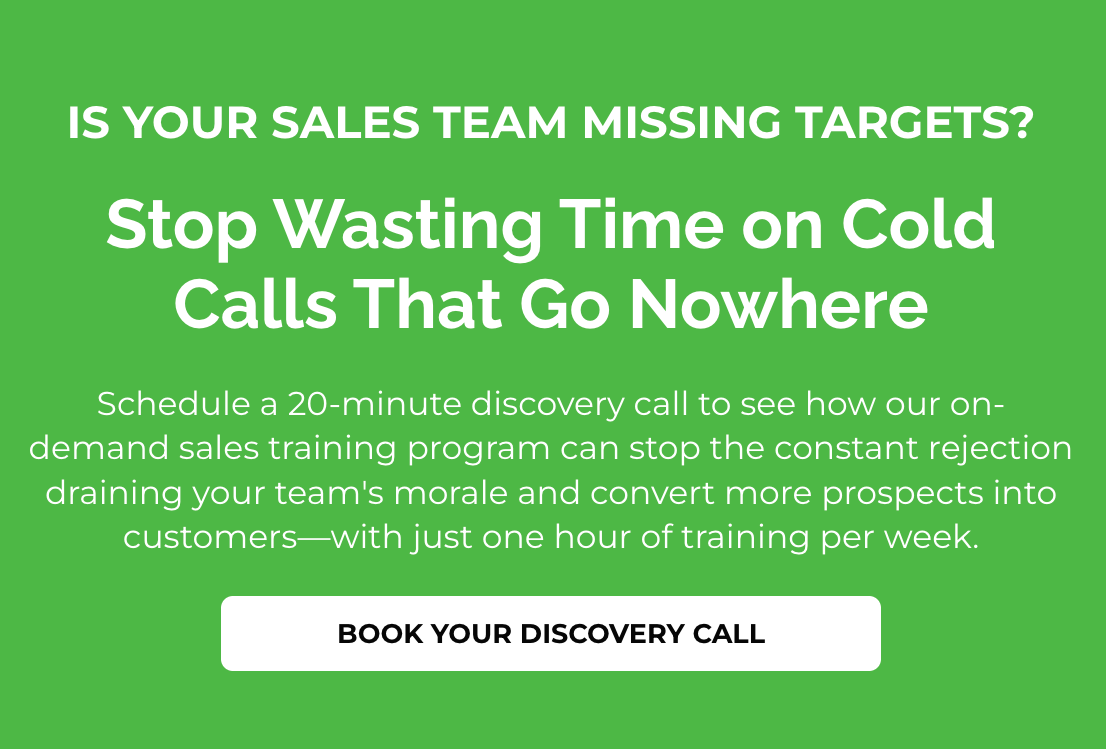How to Respond to a Sales Rejection Email

How to Respond to a Sales Rejection Email
How would you respond to this sales rejection email?
“Thank you for your email. We are not interested in pursuing your offer at this time. We will retain your contact information for future reference should there be a need.”
Well first, I would need to see the email you sent them that caused this reaction.
(Ed. Note: I was able to get a copy of it, so here it is)
“Dear (PROSPECT), Not sure if you can help me, but thought you could possibly point me in the right direction. Would you happen to know who in your organization would be responsible for email security? I’m with a company called (XXXXXXX) we help organizations mitigate risk on email side of things while reducing TCO. Any help you could provide would be very graciously appreciated.”
Ok so let’s break down why this email plan failed:
1) Why did you email instead of call? Try calling first, email second. Emails are easier to blow off.
2) “Would you happen to know who in your organization would be responsible for email security”
Let me ask you a question… if you sell email security for a living, is it safe to assume you know at least three to five “titles” your typical decision-maker would carry?
(Example: CIO / IT DIRECTOR / COO) Of course, every company has its own unique decision making and purchasing process, however, your targeted audience is always going to have a select few “titles” of someone that you could at least start with and who could point you in the right direction if they aren’t the right person. And when you have a “title”, how hard is it to look up on LinkedIn the name of the person you should call/start with?
Calling and asking: “who’s in charge of XYZ” as a standard sales practice is for amateurs. And amateur hour is over.
3) “we help organizations mitigate risk on the email side of things while reducing TCO”
Ummm… WHAT?!?! Your “opening value statement” is not hitting a hot button. And the person you sent this email to most likely has no idea what you are talking about either. And even if they did, there’s no WHAT’S IN IT FOR THEM value statement.
Therefore, you got the response that you did.
How to Avoid Sales Rejection Email Responses
- Search by TITLE for the name of the person via their company website or LinkedIn.
- Call first and have a better opening value statement. Example: “The reason for my call is we recently helped competitor 1, 2, and 3 stop (98)% of their email spam before it hit their inbox”
- Be prepared (and expect) voicemail before you pick up the phone and know exactly what to say.
- Send an email right after leaving a voicemail that mirrors what your message was.
- Send a connection request to them on LinkedIn. (Make sure your reason for connecting is enticing)
- Schedule a 2nd sales call attempt in your CRM and then move on to the next lead.
Follow that plan and you won’t have to worry about overcoming the “not interested” email rejection.
Responding to a Sales Rejection Email
So let’s end with what to do if/when you do get a sales rejection email response when in this particular situation (beginning of the sales process, per the email example that was given)
How to Handle Sales Rejection Email, Step #1:
Learn how to identify your target audience so you can avoid the “Would you happen to know who in your organization” opening line. This screams “cold call” and puts you behind the 8-ball. Once you have identified the “title” of the top two or three people who are almost always involved win the decision-making process for what you offer, and research LinkedIn to get their names, it’s time for step #2
Note: When you learn how to identify your ICP and know the common “titles” of who is usually involved, notice I did not call them “decision-makers”. You want to identify the top 2 or 3 titles of the people who are almost always involved in the decision-making role, but that does not make them the ultimate decision-maker all the time. Because each company runs its business differently, you will not know who the decision-maker is until you have a conversation. But knowing what the top two or three titles usually are will give you a great place to start and get the conversation going.
How to Handle Sales Rejection Email, Step #2:
Fix your opening value statement. The purpose of an opening value statement is to pique interest and gain permission to continue the call. To pique interest, you have to agitate a pain or scratch and itch in the first few seconds of the sales call.
Example:
“We help (industry) identify email risk vulnerabilities to avoid (pain point) and if I caught you at a good time, I’d like to ask you a few questions just to see if what we have to offer, may be of some help to you. Would that be OK?”
Doing a little pre-call research, identifying the potential players, and having an opening value statement that hits a pain point will dramatically increase your chances of getting sales conversations started and off on the right foot.
– Michael Pedone
Michael Pedone prepares millennials on how to cold call their way into new accounts. He is the CEO/FOUNDER of SalesBuzz.com – An online sales training company.

